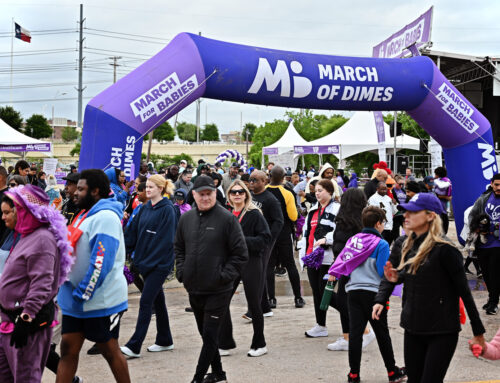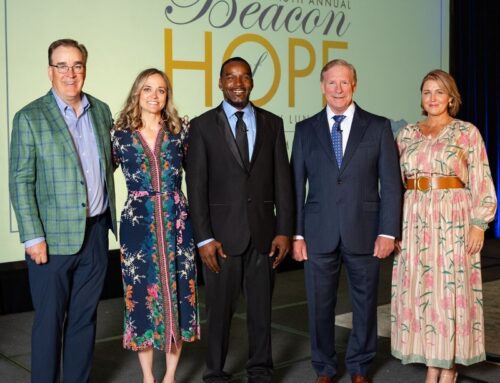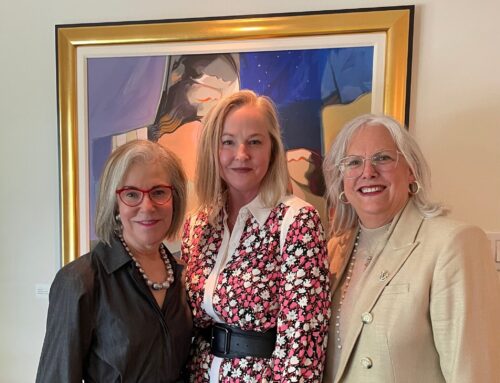1970 at SMU: The Kappa Alpha fraternity on campus held its annual Old South Week, wherein members hung massive Confederate Flags, chanted “The South will rise again” and, on Friday, gathered in the courtyard dressed in uniform of the Confederate infantry. Anga Sanders and a small group of Black students quietly protested the event by lighting toothpick Confederate flags afire. It worked, Sanders says in the SMU digital libraries collection interview. “It never happened again,” she says. “I was very proud of that.”
2016 at SMU: Amid racial tension and Black Lives Matter protests, a Black SMU student sees “Trump” and “Make America Great Again” flags unfurling around campus. Shouted racist slurs and threats of violence accompanied the symbols, she says. The cries of “f*** n******” and the ongoing presence of associated banners shook her so badly, she says, that — for weeks — she isolated and needed an escort to get to classes.
2020: A series of #blackatsmu tweets reveal ongoing instances of racism at our local university.
2021: Student filmmakers screen #blackatsmu on the Dallas Hall lawn. It has been well received, the filmmakers say, and has prompted conversations about race and — although there is still work to do — change at SMU.
The student short film #BlackatSmu, which screened at last weekend’s Oak Cliff Film Festival to a packed theater, anchors its narrative in tweets with the hashtag #blackatsmu and tells a story about being a Black student on an island with affluent white classmates.
Directors Aysia Lane and Crislyn Fayson used an amalgamation of dramatic retellings, artful interpretations and investigative interviews to depict some Black students’ experiences.
One student recounts a white peer walking into a theater arts classroom and shouting, “What’s up my n*****?” followed by an awkward silence when the offender realized the Black man in the room, a scenario interpreted through dramatic dance.
Another young woman recalls a Black literature class during which the white teacher asked a white student to read a passage by abolitionist author Sojourner Truth “in plantation dialect.”
At its toughest moments, the offenses highlighted in the 34-minute documentary would rattle and anger any sentient observer.
At other times, it seems offenders just aren’t understanding (or are not willing to understand) what they did wrong. One hopes that by bringing these transgressions to light, they will happen less.
A common offense seems to be white guys saying the N word.
For instance, a white partygoer says “what up n*****” toward a Black acquaintance, and another white attendee apologizes for his friend “who gets a little racist when drunk.”
The transgressor digs in when confronted.
“So you can say it but I can’t?” he asks the Black student, who responds, “that is exactly right.”
Most of those involved, including Anga Sanders and the filmmakers say they love SMU, and that’s why they are working to make it a more welcoming place for Black students.
Lane says her work on this project (and in other groups representing the interests of Black students) sparked necessary conversations with both SMU faculty and other students.
“We started having more talks with administration, we formed the Black unity forum, we got that support after we screened the film,” she says. “I’m pretty sure people have feelings they’re not going to say to our faces but ultimately we did not get any pushback.”
When the film was in its infancy, meetings with student leaders Black faculty, staff, and alumni began happening, and SMU President Gerald Turner released this letter pledging a “commitment to action.”
#BlackatSMU directors say the “reality of casual and violent racism presented in #BlackAtSMU stretches far beyond the borders of SMU and Dallas.”
“We want to make you uncomfortable — uncomfortable with the state of our campus. Uncomfortable with the greater world around you,” they note in a statement and echoed during a Q+A at the OCFF.
“While there is work to be done, great things lie on the other side of discomfort. Comfort is the sister to complacency and complacency kills change. We will not be complacent.”
The filmmakers note that that they hope viewers will “refuse complacency and embrace curiosity, inspiration, confrontation, and, hopefully, communal change.”






